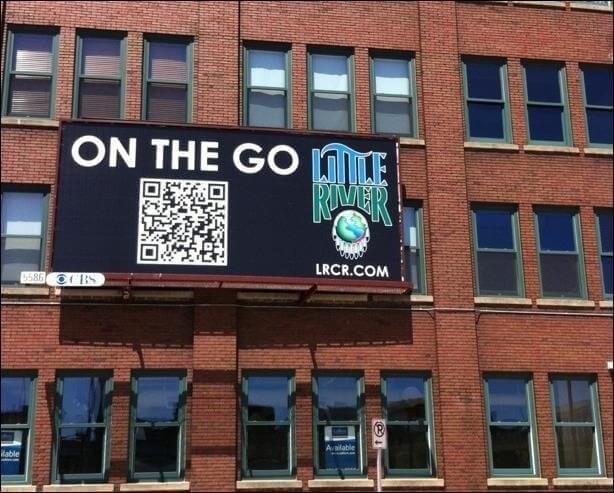
There’s no denying that, in today’s world, digital marketing is one of the most popular forms of advertising. Especially when considering the continuing advancements in technology and the fact that this pandemic has forced people to stay indoors and online. However, that doesn’t mean that traditional mediums should be left behind. According to Statista, out-of-home (OOH) advertising has seen an increase of over $3 billion in the past decade alone. This is because OOH is one of the few traditional forms of advertising that has been able to seamlessly adapt to the ever-changing advertising landscape. When used alongside social media, mobile, and digital marketing, OOH can be transformed from a banner on a bus or a picture on a billboard to a multi-faceted user experience. Let’s take a look at who to target, how to target, and some major digital OOH campaigns that have rocked the ad world.
The demographic
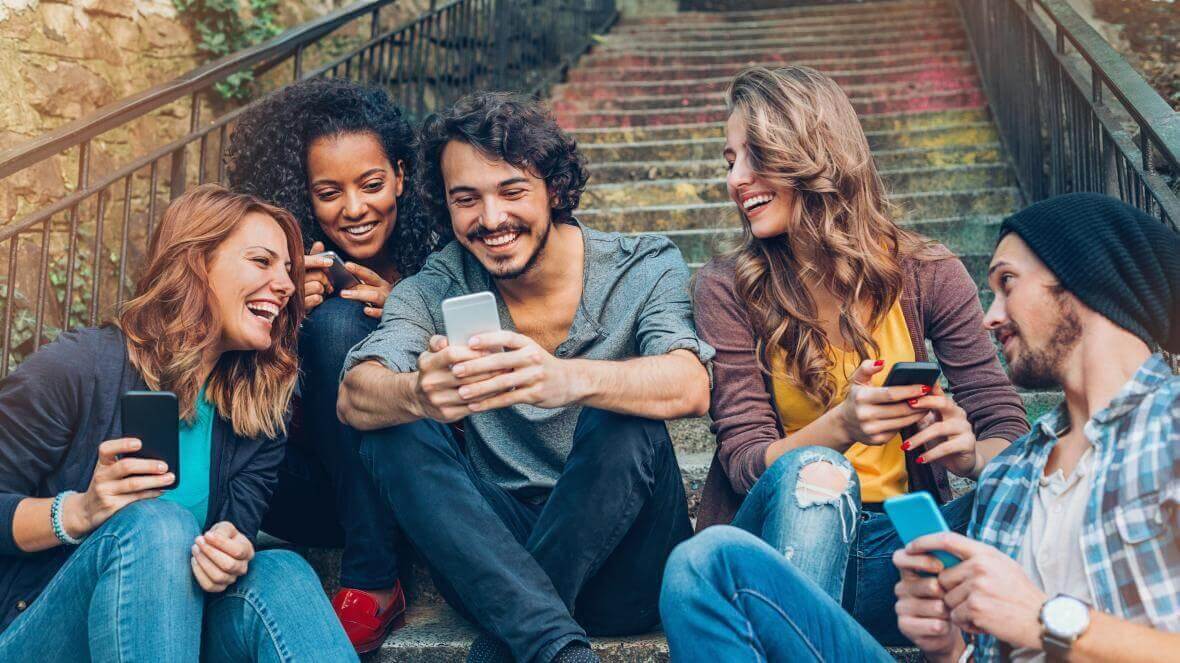
The Millennial (aged 23-38) and the Generation Z consumer (roughly aged 10-21) are the two market cohorts that are most influenced by OOH advertising. This is because the majority of these two audiences don’t enjoy or respond well to other forms of advertising, as they use ad-blockers, stream music instead of tuning into the radio, and are canceling their television services. This shift in consumer behavior has accelerated investments in OOH. According to MediaPost, 89% of Gen Z consumers prefer the authenticity of a simple and straightforward ad, which is exactly what OOH is positioned to deliver.
Furthermore, as the most tech-savvy and digitally-oriented demographics, Gen Z and Millennial consumers are 48% more likely to click on a mobile ad after being exposed to the same ad in OOH first. Therefore, the most effective way to engage these two audiences is by combining OOH with digital advertising. In doing so, brands will be able to garner their attention in a genuine and real-world way, while combining it with user-friendly and relevant technology. A win-win!
COVID driving more consumers online than ever
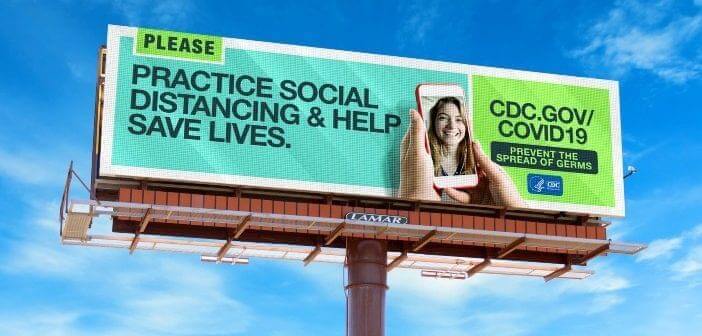
With the global pandemic forcing everyone indoors, online sales have increased 55% year over year and are expected to surpass the total online sales from 2019 by October 5th of this year. The world saw a complete shutdown of stores and consumers became accustomed to shopping almost solely online — even for their groceries. Brands began to adapt to this emerging consumer behaviour by targeting online shoppers and making it easier and more efficient to shop that way. However, now that stores are beginning to open up again, there’s an opportunity for brands that have transitioned to online platforms, to once again, utilize OOH advertising in tandem with online ads — especially now that people are venturing outdoors once again.
Social Media advertising and OOH
OOH is a great driver of social media activity. According to a recent Nielsen study, OOH encouraged more online consumer activity per dollar spent on social media platforms including Facebook, Twitter, and Instagram, than any other offline medium. This is because consumers love to interact with OOH advertising, especially if it means using their phones to do so.
One fun way that social media platforms have engaged with mobile users through OOH is by using QR codes. These codes are scannable URLs that can direct consumers directly to a website or mobile feature. Snapchat, one of the biggest social media platforms, created a giant billboard with what they call a ‘Snapcode’ on it, to direct consumers to a point-of-purchase for their latest service — the Spectacles. The billboard was ingeniously placed in the middle of Times Square, where photos and videos already run rampant. The strategic combination of OOH with social media not only promoted the app, but also created a new and exciting user experience. This is why it comes as no surprise that Snapchat’s worldwide ad revenue is $1.53 billion and there are 360 million monthly active users worldwide – they know how to advertise using OOH.
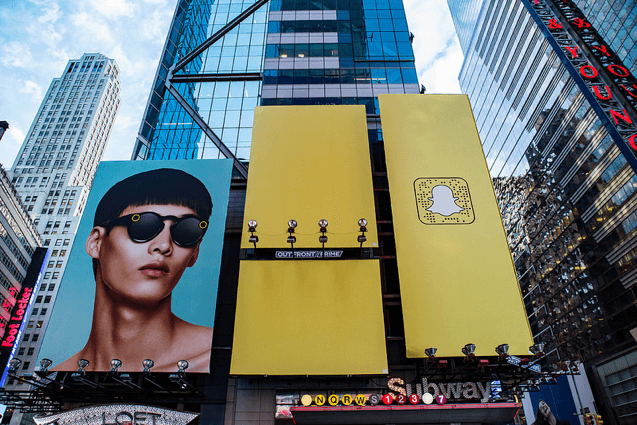
Another great example of social media working together with OOH to create something amazing was the ‘Share Love’ campaign run by Instagram this past Valentine’s Day. Instagram partnered with OUTFRONT Media to create a digital Valentine’s Day letter that could be shared through the app with loved ones. The ad ran from February 13th to the 14th across digital OOH platforms, including billboards and transit systems. Commuters were meant to hold their phone up to the heart-shaped QR code on the ad that then took them to a fun and unique Instagram story filter. Users were then encouraged to tag and share their virtual Valentine’s Day card with friends, family, and significant others.
In the words of OUTFRONT Media’s Chief Product Experience Officer Jason Kuperman, “testing and discovering the possibilities of connecting OOH with mobile through the integration of emerging technologies is paramount for companies like Instagram”. Not only is it a good idea to test out new technologies with these mediums, campaigns like this one can drive an insane amount of user engagement and create a fun social experience for consumers — just like Snapchat’s campaign. With all of this in mind, it’s not shocking at all to note that according to Omnicore, in 2019 Instagram generated $20 billion in advertising revenue. They’re success in advertising can be attributed to their savvy marketing strategy using OOH.
The reason why social media giants like Snapchat and Instagram are leading the way in terms of advertising is because they are continuously stepping outside the box. And a big part of that success can be attributed to OOH, because they know that it’s a proven medium that just simply works!
Mobile advertising and OOH
A USA TouchPoints study once revealed that, by adding OOH media to a smartphone campaign, its reach can increase by 316%! Consumers who fit into the Millenial and Gen Z age categories have less of a tolerance and patience for digital and mobile ads now more than ever before. It’s because they’re used to getting the content they want when they want it and without any ads. They get their shows on demand, their music is streamed, and they use ad-blockers on their computers. According to a statement headline by Kantar Millward Brown’s ad habits study, “Gen Z use online but prefer OOH”. However, when OOH and mobile are used in tandem, this brings together the best of both worlds. The young audience is now exposed to OOH advertising, which they prefer, and use their mobile devices to follow through with an ad if they choose to.
For example, McDonald’s targeted 6.4 million mobile impressions with their mobile integrated OOH ad campaign last year. By combining billboards with in-app advertising, McDonald’s partnered with Waze — a community-based GPS navigation app – to promote their new McRib burger. They used over 300 billboards that were equipped with geofencing technology to re-target Waze users in close proximity to McDonald’s locations. A full-screen ad providing directions to a McD’s restaurant would pop up whenever a Waze user opened the app when their car came to a stop for seven seconds or more. The results were astronomical. The campaign garnered more than 8,400 accepted navigation prompts and reached 1.9 million consumers over eight weeks.
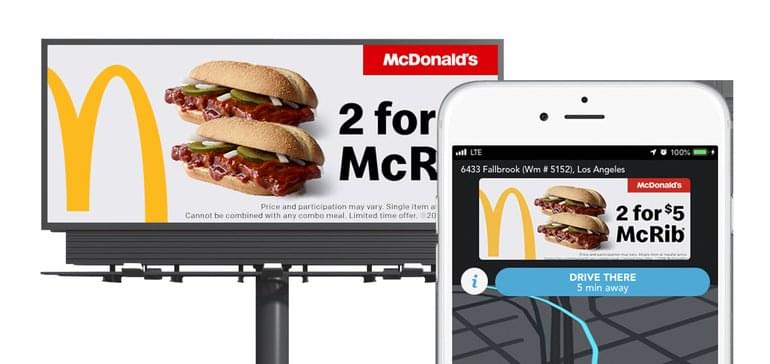
Another great example is the promotional campaign that the grocery chain Sam’s Club created for their new store location opening in Hanover. They drove a mobile billboard around a 10 mile radius of the new store’s location for 25 days and paired it with a mobile app that told consumers when and where the new store was opening. The ads also varied depending on whether Sam’s Club was trying to target shopper members or business prospects. Overall, the campaign was a huge success, bringing new and existing clients into the store.
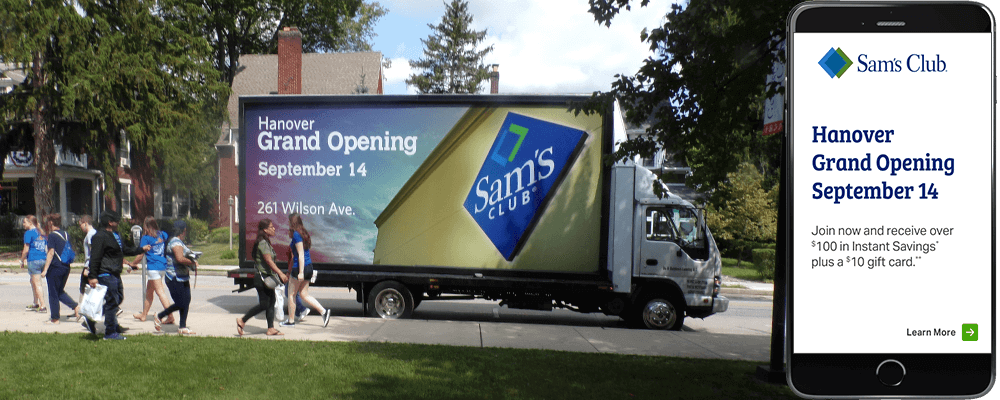
The use of mobile with OOH advertising generates exponential engagement. This dual-channel approach allows consumers to immediately interact with and further explore the OOH ads purpose.
Final thoughts
The Outdoor Advertising Association of America OAAA (OAAA) said it best in their recent study, “OOH is quickly becoming a key strategy for advertisers to complement and accelerate their social, media, and mobile advertising efforts”. This is especially true while the world is beginning to bounce back from the pandemic. By merging brand content, social media engagement, and mobile advertising with OOH, your company will not only drive awareness and become trendy, but will also see a high revenue ROI. Now more than ever, it’s important to stay ahead of the game in advertising, given our constantly changing world, and the best way to do so is through OOH advertising.




